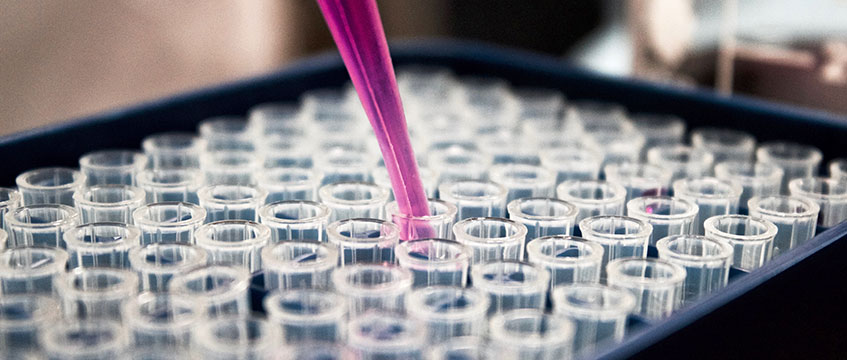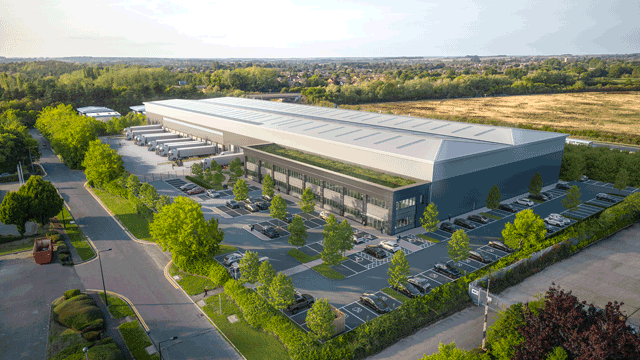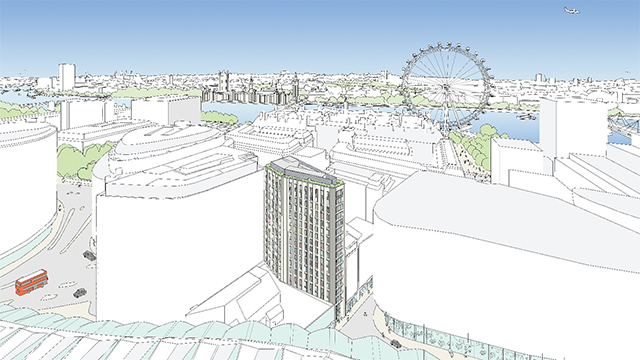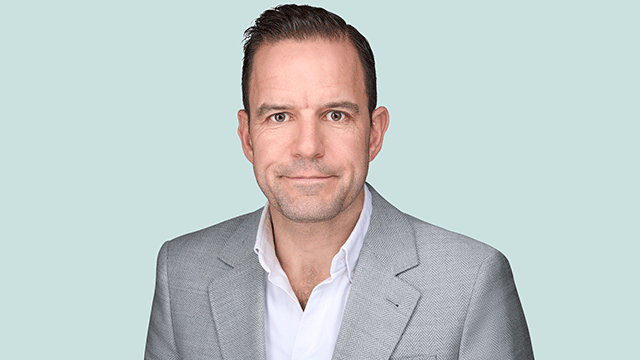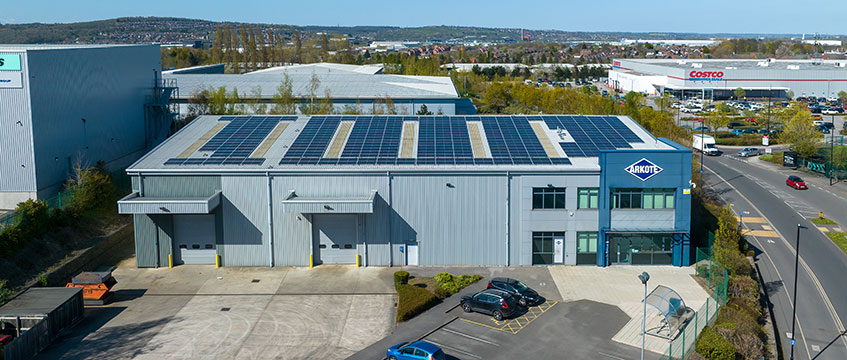An office-led valuation decline has pushed Life Science REIT into a loss in its half-year results. The company posted a £13m loss over the six months to 30 June, compared with a £5.4m profit a year earlier, despite a rise in property income.
The value of the company’s portfolio was broadly flat at £382.6m on an absolute basis, but down by 3.8% on a like-for-like basis, mostly driven by a 33bp outward movement in the net equivalent yield to 5.6%, partially offset by like-for-like estimated rental value growth of 8.2%.
Simon Farnsworth, managing director at Ironstone Asset Management, investment adviser to the REIT, said: “It has been a tough first half of the year, but we are reaping the benefits of the hard work we have put in. We are pretty much at the bottom of the yield cycle in terms of outward yield movement.”
Laboratory space values saw a 1.9% decline, with ERV growth at 8.6%, while office values saw a 5.8% fall.
Farnsworth said: “If you look at our last set of results at year-end 2023, it was the same pattern – assets that are being valued as offices are holding back the portfolio more than the labs.
“What are we going to do about it? We’re going to lease up a lot of the space. The plan over the next six months is to complete the Cambourne lab repurposing, lease up Rolling Stock Yard, lease up a number of units at Oxford Technology Park and capture that additional ERV. That is going to improve our earnings and, ultimately, improve our net asset value as well.”
The REIT is pressing ahead with transitioning its Cambourne campus in South Cambridgeshire from business park to research and development hub. The firm is about to complete its first repurposing of a 10,000 sq ft suite on the ground floor of Building 2020, with the wider redevelopment programme at the park to be delivered in phases over the next five years as space falls vacant.
The other asset holding back the REIT’s portfolio that is still valued as an office is a 67,097 sq ft building at 7-11 Herbrand Street, WC1, which is a longer-term repurposing opportunity as there is a lease agreement with Thought Machine in place, which has two years until expiry.
Farnsworth said: “I think not just leasing up the vacant space, but also having existing occupiers that want to move around within our park and extend leases out for between five and 10 years in some cases, will improve the year-end valuation.
“Today we have £3.2m of ERV under offer or in advanced negotiations and expect to convert this to contracted rent over the next six months. We are very confident of executing on that.”
Full-on fitted
Looking further ahead, the team believes that the fundamentals of the life sciences market in the UK will continue to drive rents higher once its portfolio is fully stabilised and repurposed.
Ian Harris, director of asset management at Ironstone, said: “We are in a vibrant, dynamic sector that is growing where, by and large, tenant demand outstrips supply.
“We also saw the resurgence to an extent of venture capital funding and follow-on funding towards the back end of last year. There is always a lag of six to 12 months between new businesses raising that funding and then investing it in real estate. I think now that is driving at least a proportion of that uptick in enquiries that we are seeing.”
Harris said the capital cost of fitting out laboratories can hold back early-stage life sciences businesses. “Being just out of series A fundraise, they don’t want to tie up a large amount of [capital] in the fit-out of a building that they might only be in for three years before they grow and need to move on. Developers can help with that process by funding fit-out packages in return for higher rents.”
The REIT is attempting to catch that growing demand for fully fitted space. This includes the usual contamination level-two lab specifications, vinyl flooring, monitoring and evaluation equipment in the ceiling for air changes, benches, fume cupboards and freezers.
Harris said: “Obviously, if you’re doing it speculatively, it will need tweaking to suit a particular occupier, but 90% is going to be already there and it will dramatically shorten the time frame [for the occupier] from agreeing a lease to actually commencing its business.”
Harris noted, however, that the demand for fully fitted space fades when the businesses get up above 10,000 sq ft of workspace as more mature businesses are prepared to take the cost of fit-out on their own balance sheet.
Greater clarity
Life Science REIT has reinforced its commitment to driving net asset value growth in a bid to maximise value for shareholders.
Farnsworth said: “Longer-term, we talked about possibly doing a joint venture, which is not something we are actively pursuing at the moment. Our primary focus is closing that NAV discount and growing the business.
“With greater clarity at the macro level, including an improvement in venture capital funding and the increased certainty that has followed the general election, the occupational market is improving.”
He added: “I think, at the beginning of the year, everyone thought we would probably have had four [interest rate] cuts by now, with maybe another one to come. We are probably looking at two cuts this year now. I think that has been a key driver, but it has been slower.
“The new government made interesting noises about what it wants to do in terms of improving the planning system, improving investment in infrastructure and making it easier for life sciences companies to come to the market more quickly through reform of the regulatory environment. All this has given me greater confidence.”
Image © Louis Reed/Unsplash
Send feedback to Evelina Grecenko
Follow Estates Gazette







